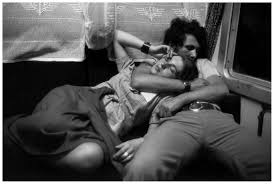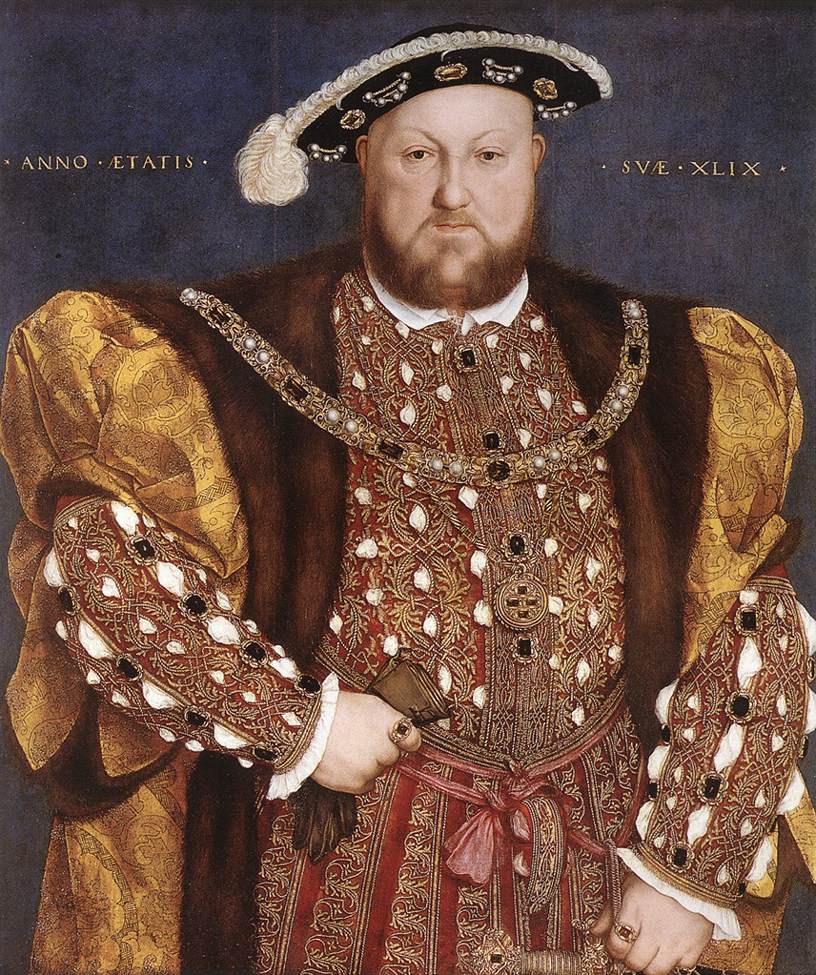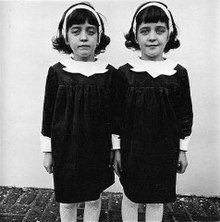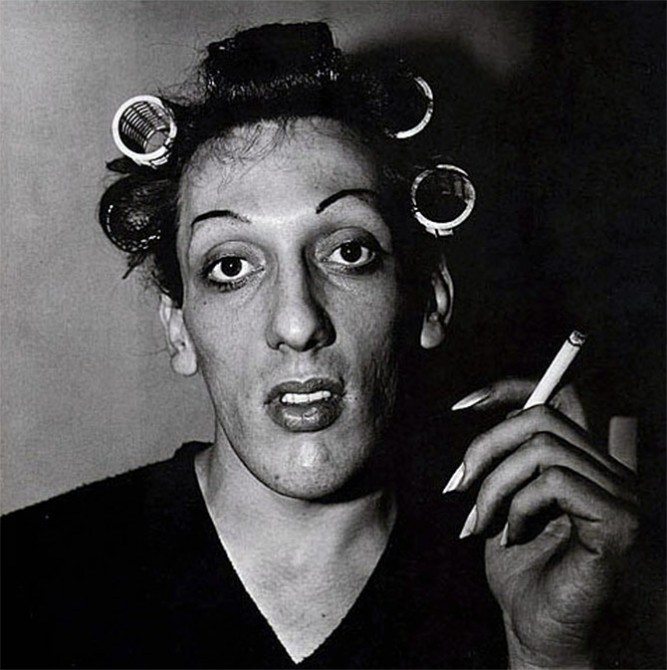Level 3 Photography- Nik L
Monday 7 July 2014
Link to my Flickr account
https://www.flickr.com/photos/125272403%40N08/
Here is a link to my flickr account showcasing my work in photography.
Evaluation
Throughout the year I believe that I have learnt many different techniques in photography, particuarly enjoying my time studying portraiture. This is a small project that I decided to undertake myself, photographing people varying from friends at college to strangers in public. I would randomly photograph them, capturing them at times when they weren't ready for photos and other times when they were posing.
I think that I got a large variety of people from various backgrounds in my photo's showcasing alot of diversity in my pictures.
I also used other techniques such as taking photographs of still life and animals, Although I think that I could have implemented my skills better in using photo-manipulation software. I also used lighting my photographs in order to get contrasting images, some with light from the top some with light from the bottom- just using these techniques and rapidly transform the outcome of a photograph.
When I undertook portraiture photography, I was always unprepared, not knowing who I was going to photograph and personally I view this as something that aided the outcome of my photo's as with too much posing, you don't get to view "The real person" and when you take a photo briefly without somebody prepared then you get a more realistic outcome I studied various photographers as part of my research, particuarly interested with Diane Arbus and A photgrapher whose work I was inspired by after a trip to the Tate Britain- Don McCullin, these artists took photos that showed past the illusion that people give when posing and captures them at the most raw moments.
All in all, I could have learnt more techniques and furthered my research into other styles of photography however, I believe that what I have learnt has been a truly interesting experience.
Monday 23 June 2014
Portraiture
The 20th Century saw the rise of photography as a profession and also as an artform, Diane Arbus being a notable person to do this. Born in New York in 1923, she specialised in capturing images of less conventional subjects- including identical twins, Giants and naturists. She chose to do this because in her personal opinion those with physical deformities, mental illness and Abnormalities had already been through the most "traumatic" periods of their life- from the very beginning, whereas everyone else was waiting in anticipation for the same to happen to them. She wanted to illustrate how exactly these people stood strong, she used a multitude of styles for photography including asking her subjects to pose- this can arguably be more useful for her methods of portraiture as it allows a better look at the personality and character of those that she is taking pictures of.
All in all, the journey of photography has drastically changed course since it's privileged beginnings, allowing the true personality of somebody to shine through a photograph.
Monday 18 November 2013
Fashion Photography
When is an Image a portrait and when is it a fashion photograph?
 I believe that there is a very strong difference between Fashion photography and portraiture. In my point of view, fashion photography is the use of models to act as a vessel for clothing and other items, the images taken can be considered to be superficial. There is usually a lot of post-production to the photographs, using image manipulation software and sometimes combining multiple images together for the desired results. Make-up is usually used in mass amounts, sometimes completely transforming the model being photographed, as well as lighting which can be used to either exaggerate or mask facial features. A fashion photograph can be considered to be a form of commercial advertising, it is used to promote a product or brand and is usually viewed in magazines such as vogue and Cosmopolitan. Models are usually depicted in fictional scenarios, wearing items of clothing that they would not normally dress in, and exaggerating or acting out the situations they are depicted in.
I believe that there is a very strong difference between Fashion photography and portraiture. In my point of view, fashion photography is the use of models to act as a vessel for clothing and other items, the images taken can be considered to be superficial. There is usually a lot of post-production to the photographs, using image manipulation software and sometimes combining multiple images together for the desired results. Make-up is usually used in mass amounts, sometimes completely transforming the model being photographed, as well as lighting which can be used to either exaggerate or mask facial features. A fashion photograph can be considered to be a form of commercial advertising, it is used to promote a product or brand and is usually viewed in magazines such as vogue and Cosmopolitan. Models are usually depicted in fictional scenarios, wearing items of clothing that they would not normally dress in, and exaggerating or acting out the situations they are depicted in.

On the contrary, a portrait is usually an image that is intended to capture a snapshot of a persons character. It uses very little, if any editing and aims to depict the subject in a natural environment, outside of a studio, usually without the use of posing or props. Although lighting can be used to enhance the subjects emotions and facial expressions, it is not used to disguise anything on a subject. Portraiture photographers usually try to break through a persons front in order to depict their actual emotion.
Portraiture is not commonly used for commercial gain as it is more commonly used to depict something artistically. This can be seen in the work of Tony Vacarro, a photographer who always waited for the definitive moment to take a photo, he would come unprepared and not know who he was going to be photographing at the present time. One of his most famous photographs, is that of a German soldier who has returned home only to discover that his home and family are nowhere to be seen. This image perfectly captures the definition of portraiture as it captures a subject when they are at the most vulnerable and usually unaware that the photographer is there.
The two styles of photography rarely meet with one another, as they can be considered to be complete opposites of one another, whilst fashion photography relies more on a surreal and fictional approach, portraiture encompasses realism and spontaneity.

On the contrary, a portrait is usually an image that is intended to capture a snapshot of a persons character. It uses very little, if any editing and aims to depict the subject in a natural environment, outside of a studio, usually without the use of posing or props. Although lighting can be used to enhance the subjects emotions and facial expressions, it is not used to disguise anything on a subject. Portraiture photographers usually try to break through a persons front in order to depict their actual emotion.
Portraiture is not commonly used for commercial gain as it is more commonly used to depict something artistically. This can be seen in the work of Tony Vacarro, a photographer who always waited for the definitive moment to take a photo, he would come unprepared and not know who he was going to be photographing at the present time. One of his most famous photographs, is that of a German soldier who has returned home only to discover that his home and family are nowhere to be seen. This image perfectly captures the definition of portraiture as it captures a subject when they are at the most vulnerable and usually unaware that the photographer is there.
The two styles of photography rarely meet with one another, as they can be considered to be complete opposites of one another, whilst fashion photography relies more on a surreal and fictional approach, portraiture encompasses realism and spontaneity.
Monday 23 September 2013
Photo Journalism- Part One.
What is Photojournalism?
Photojournalism is the use of photography to tell people about a story or an event, it is usually used to help emphasise the meaning of a news story and to give people a greater understanding of what is happening in the world. Many people rely on photographs and images alone to gain an insight into events.
Henri Cartier Bresson
Why is he Famous?
Henri Cartier Bresson is considered to be the godfather of photography, he is famous for capturing moments near perfectly, including images of everyday life.
Why is his work famous?
He always waited for a subject to come along, for him to take a picture of at an exact moment. He never had anybody posing in his work, this inspired many other photographers to do the same.
What Camera/ Technique did He use?
Cartier Bresson almost always used a Leica 35mm rangefinder cameras. He rarely manipulated images in the dark room, usually leaving them exactly as they were taken. He "stalked" his subjects and waited for the perfect moment to photograph them. He was also keen on taking his photo's exclusively in black and white.


Behind The Gare, St. Lazare- 1932 Pagina 2
Photojournalism is the use of photography to tell people about a story or an event, it is usually used to help emphasise the meaning of a news story and to give people a greater understanding of what is happening in the world. Many people rely on photographs and images alone to gain an insight into events.
Henri Cartier Bresson
Why is he Famous?
Henri Cartier Bresson is considered to be the godfather of photography, he is famous for capturing moments near perfectly, including images of everyday life.
Why is his work famous?
He always waited for a subject to come along, for him to take a picture of at an exact moment. He never had anybody posing in his work, this inspired many other photographers to do the same.
What Camera/ Technique did He use?
Cartier Bresson almost always used a Leica 35mm rangefinder cameras. He rarely manipulated images in the dark room, usually leaving them exactly as they were taken. He "stalked" his subjects and waited for the perfect moment to photograph them. He was also keen on taking his photo's exclusively in black and white.

Behind The Gare, St. Lazare- 1932 Pagina 2
Monday 16 September 2013
Introduction
Hello, I'm Nik!
I believe myself to be an amateur in Photography, although I have some experience in the subject. I currently have no means of taking pictures, but I have previously owned many digital cameras, an SLR camera and a multitude of Camera-phones.
I enjoy looking at photos that are taken at events, such as gigs. These are usually taken as a way to compliment reviews.
I am looking to enhance my ability in taking photos to accompany news stories, I am also keen on learning how to use image manipulation software like Photoshop.

I believe myself to be an amateur in Photography, although I have some experience in the subject. I currently have no means of taking pictures, but I have previously owned many digital cameras, an SLR camera and a multitude of Camera-phones.
I enjoy looking at photos that are taken at events, such as gigs. These are usually taken as a way to compliment reviews.
I am looking to enhance my ability in taking photos to accompany news stories, I am also keen on learning how to use image manipulation software like Photoshop.
Subscribe to:
Posts (Atom)



